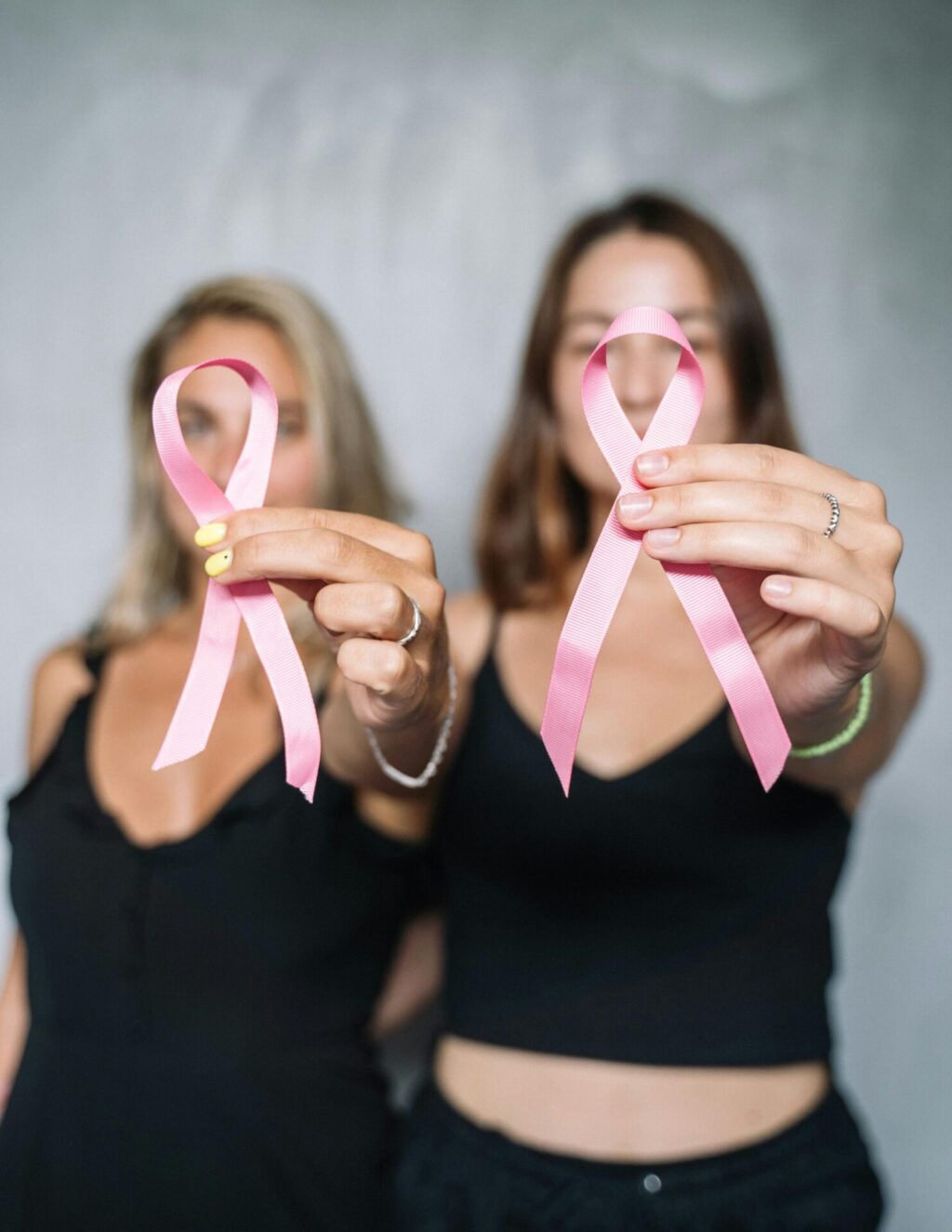What is breast cancer?
Breast cancer happens when cells in the breast grow and multiply uncontrollably. These abnormal cells can form a lump or tumor and can spread to other parts of the body if not treated. It’s more common in women and people assigned female at birth, but can also occur in men and people assigned male at birth.
Finding breast cancer early significantly boosts the chances of successfully treating it. Breast cancer can be detected by:
- Mammograms (X ray images of the breast)
- Breast exams by a healthcare professional
- Breast self-exams
If there’s a suspicious lump or an abnormal change in the breast, like the ones in this image, your doctor might order more tests to find out the cause.
How to self-examine
Breast self-exams can help you become familiar with the normal appearance and texture of your breasts and are a great way to quickly spot any changes. Taking a few minutes for a self-exam each month can make a huge difference when it comes to early detection. Be sure to tell your doctor or a healthcare professional if you spot any changes.
Check out this video to learn more about how to perform a breast self-exam.
Risk factors
We don’t know what exactly causes breast cancer, but there are some key risk factors to be aware of:
History of breast cancer in your family.
There’s an increased risk of developing breast cancer due to:
- Family History: A close relative (e.g., parent, sibling, child) with breast cancer.
- Genetic Mutations: BRCA1 and BRCA2 genes .
- Hormonal Factors.
- Lifestyle Choices: Alcohol consumption or lack of physical activity.

Prevention and treatment
Your personal health and well-being are super important, and being proactive is key for both preventing and catching breast cancer early. Staying on top of regular screenings, being aware of any changes in your breasts and maintaining a healthy lifestyle are the best ways to do this. If diagnosed, treatments are based on the specific characteristics of the cancer, overall health and personal care preferences.
Pro tip: York’s Student Health website is a great resource where you can find more information about your health and well-being, including workshops and events.
Our top tips for breast cancer awareness
- Perform regular breast self-exams, and report any changes or abnormalities to your healthcare provider. If you don’t have a healthcare provider, check out York’s website for more information on the primary care resources available to you.
- Schedule regular clinical breast exams with your primary healthcare provider.
- Mammograms are crucial for early detection. The Canadian Task Force on Preventive Health Care shares mammogram screening guidelines based on your age and risk factors.
- Understand your family’s history. If you have close relatives with breast cancer, discuss your risk with a healthcare provider and consider genetic counseling if needed.
- Contact Appletree Medical Centre in York Lanes for an in-person checkup


